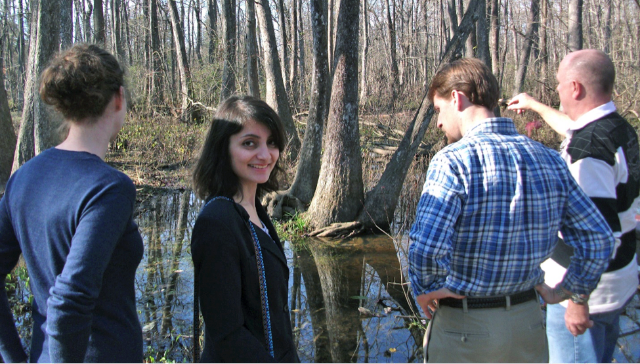Topkapi Palace

Basicilica Cistern: As someone fascinated by water and its history, I also saw the Basilica Cistern, which is one of the largest of ancient cisterns under the city. It is located close to the Aya Sophia, and you can also see on the bases of two columns, blocks carved with the visage of Medusa, the crazy lady from the Greek mythologies who turned people to stone from her "Gorgon" gaze.
Grand Bazaar
I am not a fan of the Grand Bazaar in terms of shopping. However, the bazaar has history. If I am not mistaken, the Grand Bazaar is one of the world’s oldest and largest covered markets. Interestingly, it started off as a 15th century trading post between Europe and Asia, and has spread into a labyrinth of stalls along twisting and turning narrow streets. You certainly need to practice your haggling skills if you don’t want to pay over the odds, and be prepared to get lost in the maze of alleys – part of the fun is seeing what you find.
Sultanahmet Mosque (Blue Mosque)
This is yet another must-see in Istanbul. It is super close to Hagia Sophia. It is also one of the most recognisable buildings in Istanbul, with its minarets visible from across the city. But when it was built in 1609 it caused uproar as it had six rather than the usual four minarets. Legend has it that the architect misunderstood the Sultan when he asked for golden (altin) minarets and thought he said six (alti), ending up with one of the world’s grandest mosques. Despite the name, it’s not actually blue on the outside, but the huge domed ceilings inside are covered with over 20,000 ornately patterned blue Iznik tiles. The soft light through the stained-glass windows and the quiet murmur of prayer make it a peaceful escape from the bustle of the city outside.
Suleymaniye Mosque: I think you might also want to see this one. It was built by Sinan, the famous Ottoman architect. It is very close to Grand Bazaar.
This palace is right next door to Hagia Sophia but requires you to come a bit early. Otherwise, you would be stuck in a long line. The Topkapı Palace was the main residence of the Ottoman Sultans for over 400 years until the mid-19th century. At its peak it housed 4000 people with its own mosques, hospital and mint. It's now a museum, with some of the grandest rooms open to the public. Around four main courtyards you can see treasures like jewellery, calligraphic manuscripts and porcelain. You can also visit the Harem – home to the Sultan’s mother, wives and up to 300 concubines, and beautifully decorated with painted tiles and stained glass windows. The palace also has fantastic views across the Bosphorus from its gardens and terraces. Also you might want to visit the Chamber of Sacred Islamic Relics if it is open. They have the Prophet's mantle among other things.

Basicilica Cistern: As someone fascinated by water and its history, I also saw the Basilica Cistern, which is one of the largest of ancient cisterns under the city. It is located close to the Aya Sophia, and you can also see on the bases of two columns, blocks carved with the visage of Medusa, the crazy lady from the Greek mythologies who turned people to stone from her "Gorgon" gaze.
I am not a fan of the Grand Bazaar in terms of shopping. However, the bazaar has history. If I am not mistaken, the Grand Bazaar is one of the world’s oldest and largest covered markets. Interestingly, it started off as a 15th century trading post between Europe and Asia, and has spread into a labyrinth of stalls along twisting and turning narrow streets. You certainly need to practice your haggling skills if you don’t want to pay over the odds, and be prepared to get lost in the maze of alleys – part of the fun is seeing what you find.
Sultanahmet Mosque (Blue Mosque)
This is yet another must-see in Istanbul. It is super close to Hagia Sophia. It is also one of the most recognisable buildings in Istanbul, with its minarets visible from across the city. But when it was built in 1609 it caused uproar as it had six rather than the usual four minarets. Legend has it that the architect misunderstood the Sultan when he asked for golden (altin) minarets and thought he said six (alti), ending up with one of the world’s grandest mosques. Despite the name, it’s not actually blue on the outside, but the huge domed ceilings inside are covered with over 20,000 ornately patterned blue Iznik tiles. The soft light through the stained-glass windows and the quiet murmur of prayer make it a peaceful escape from the bustle of the city outside.
Suleymaniye Mosque: I think you might also want to see this one. It was built by Sinan, the famous Ottoman architect. It is very close to Grand Bazaar.







